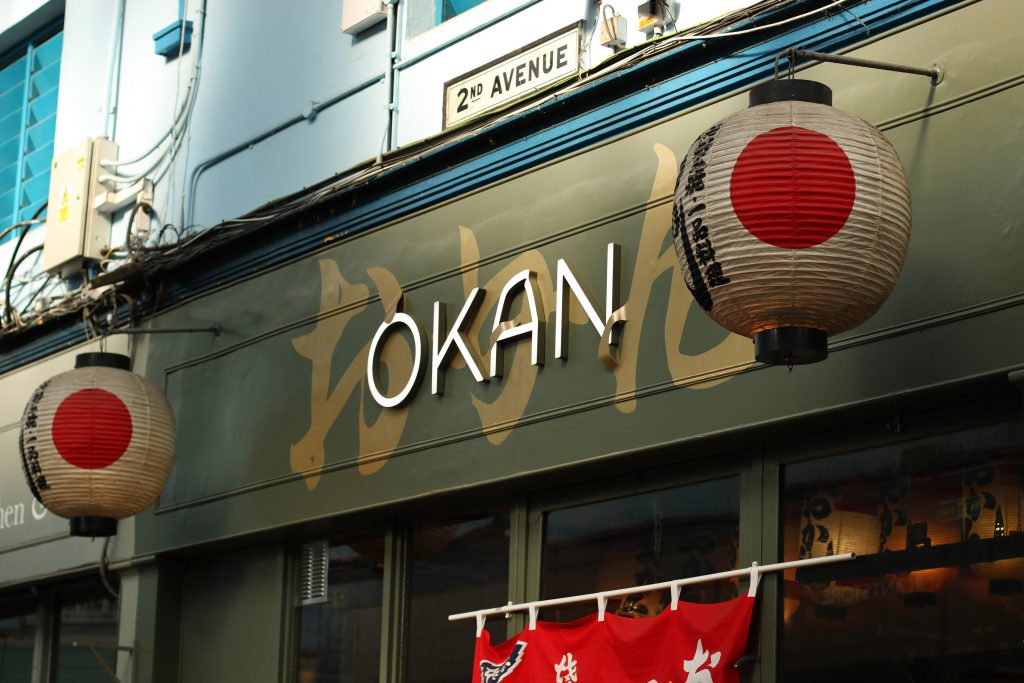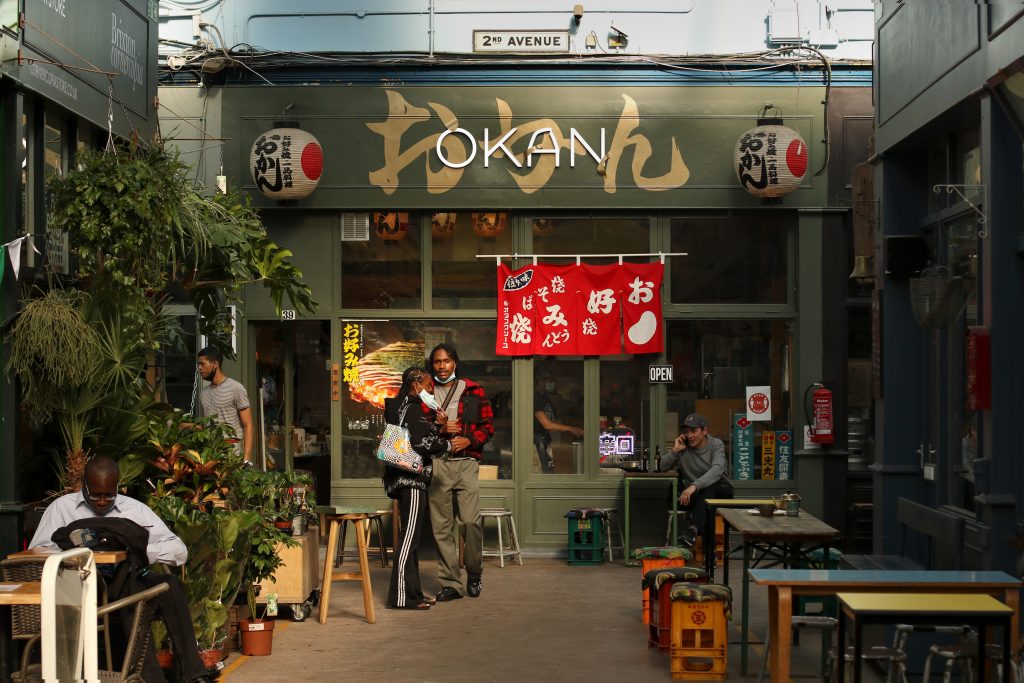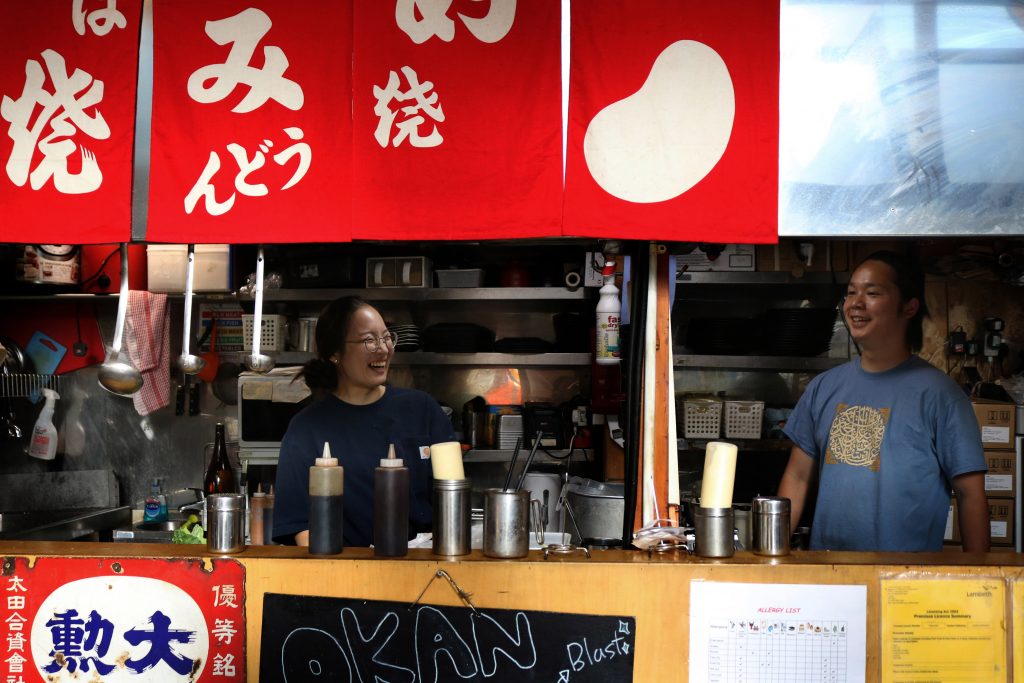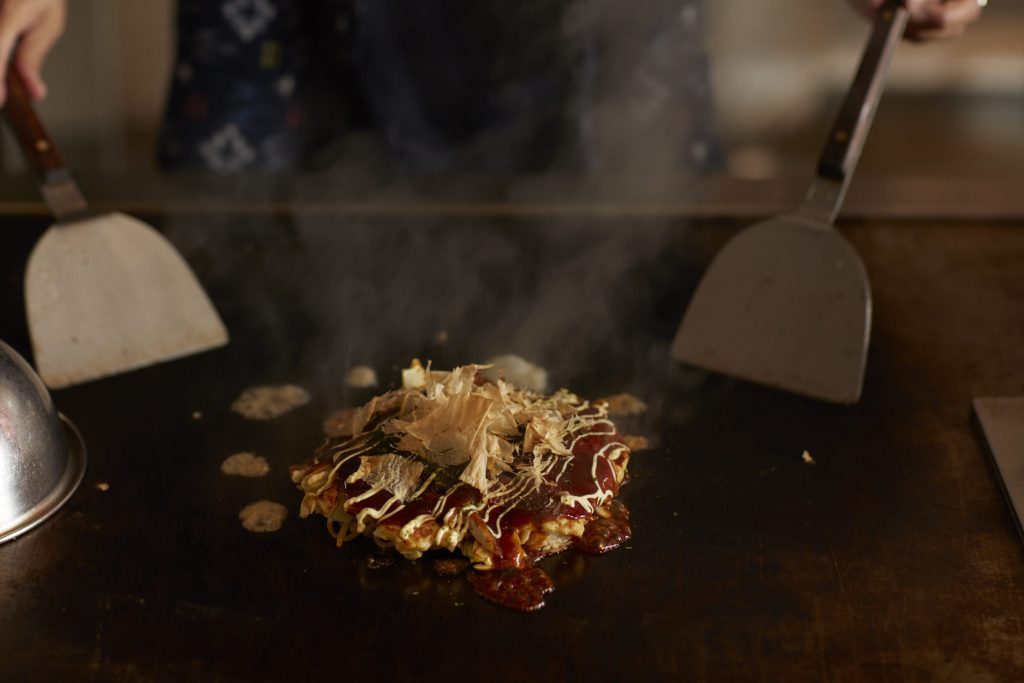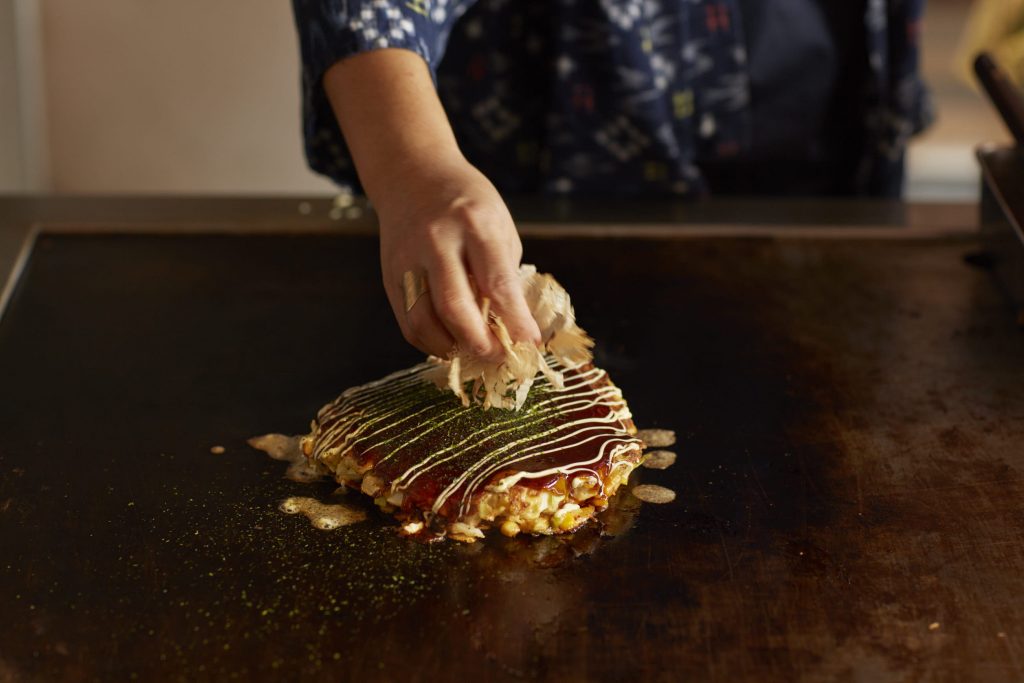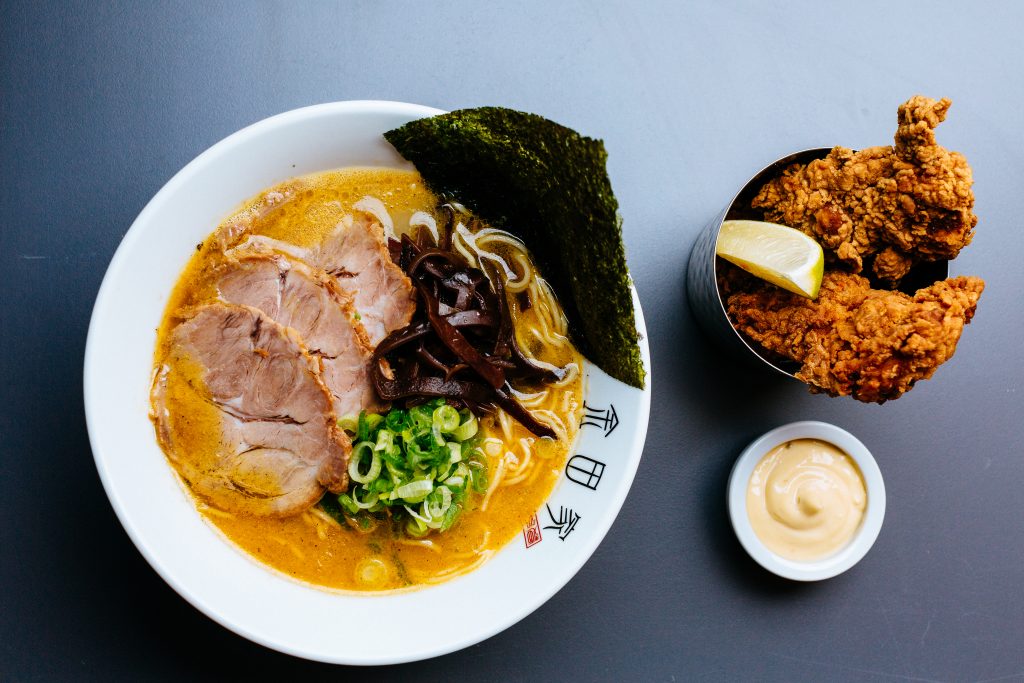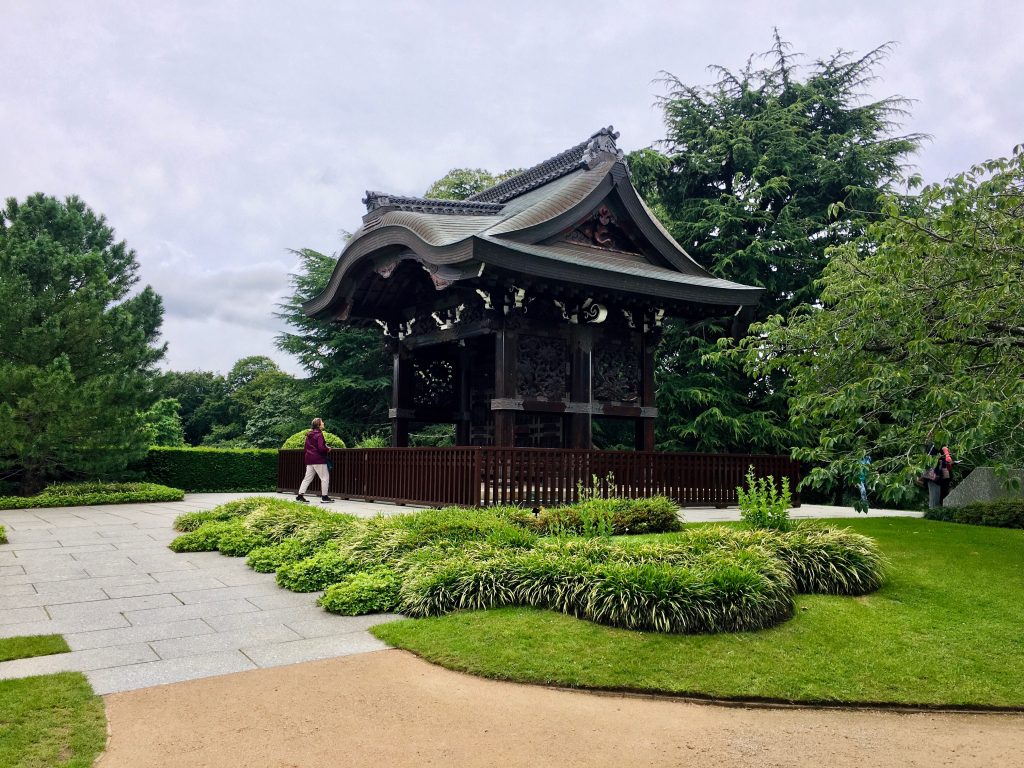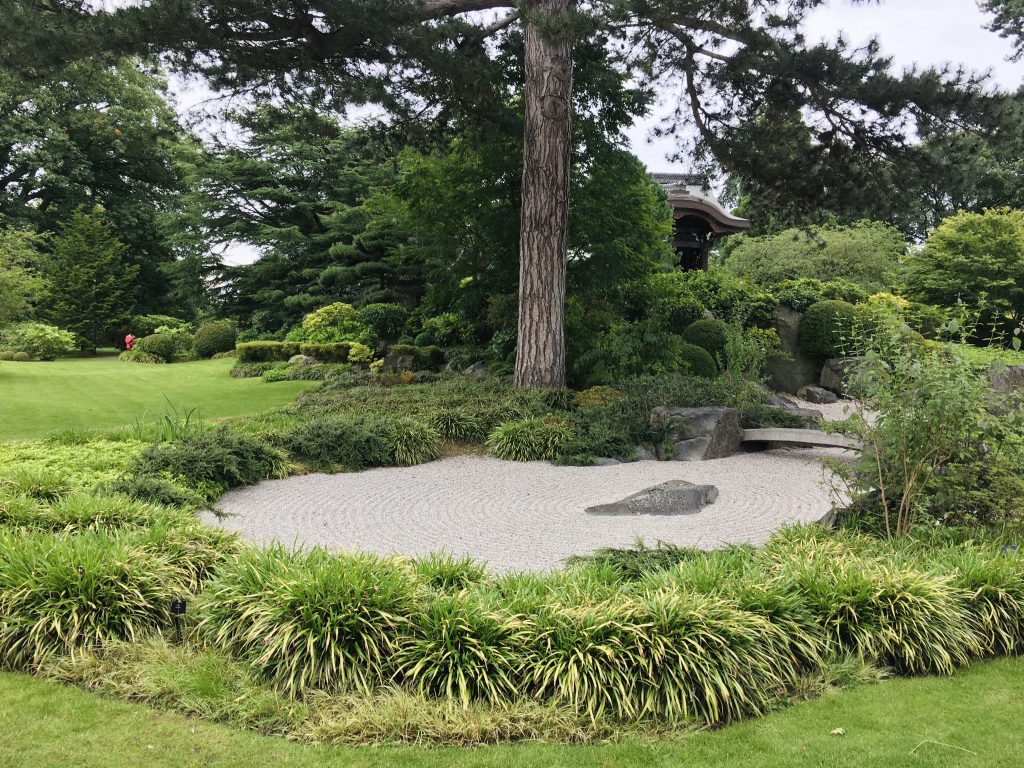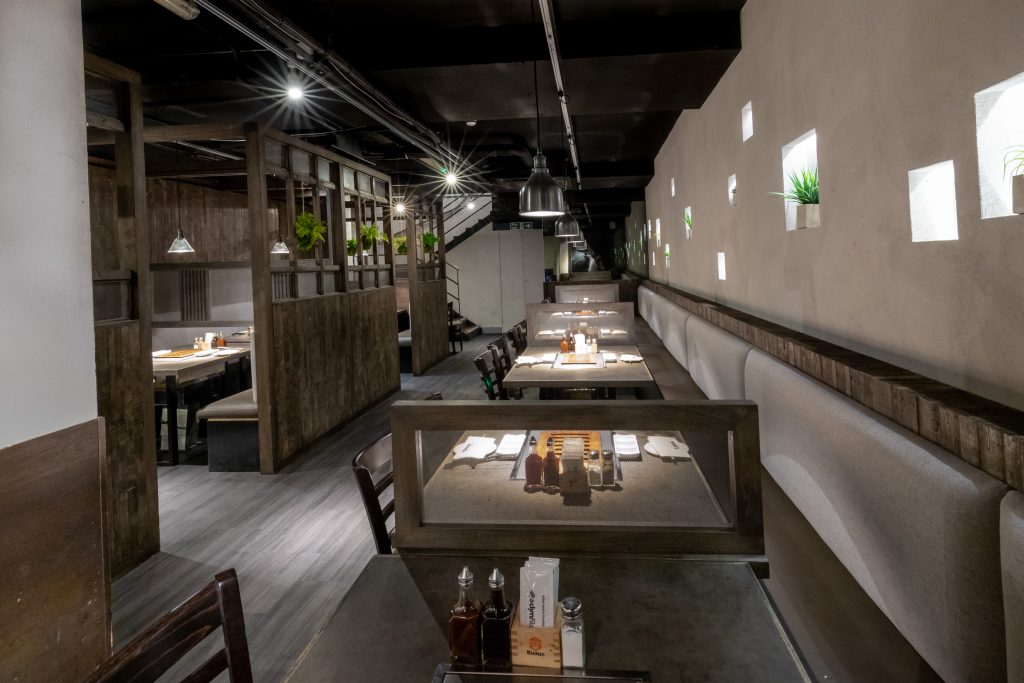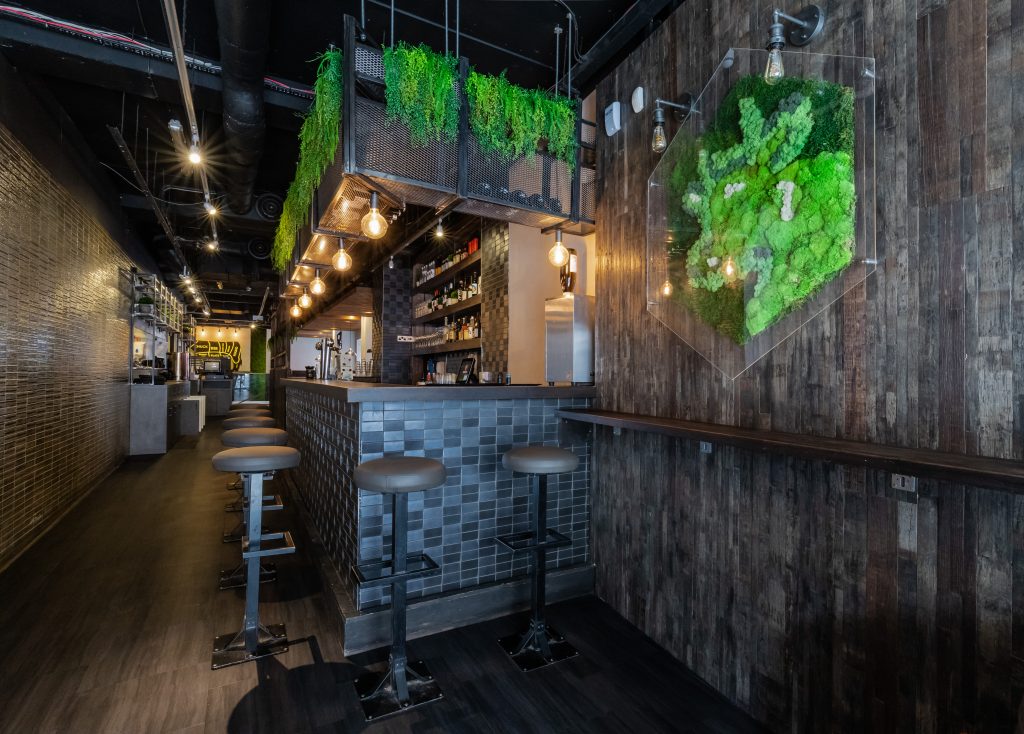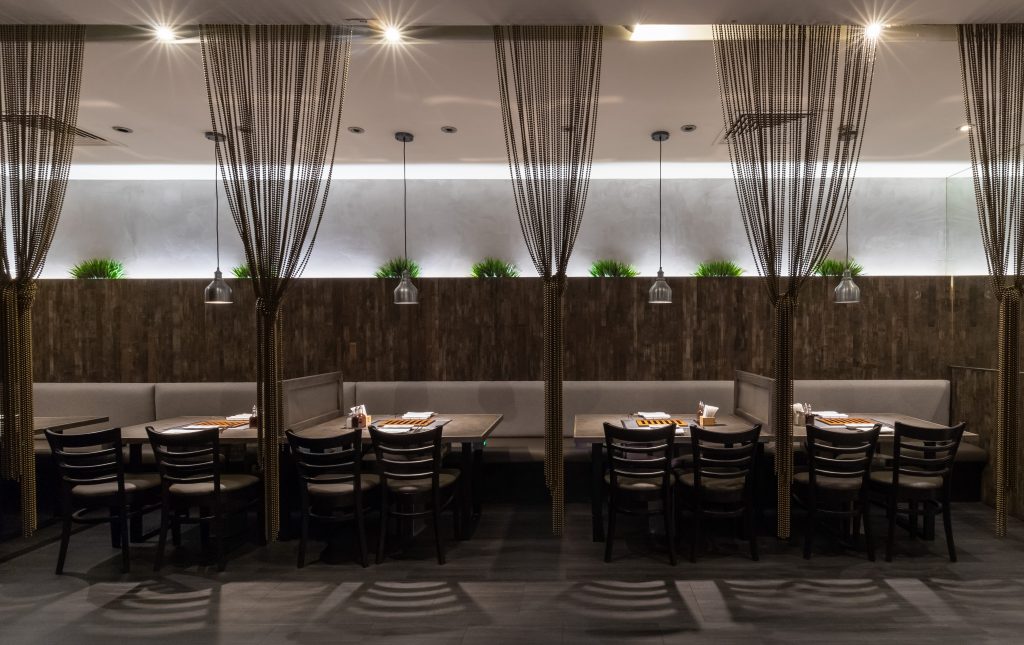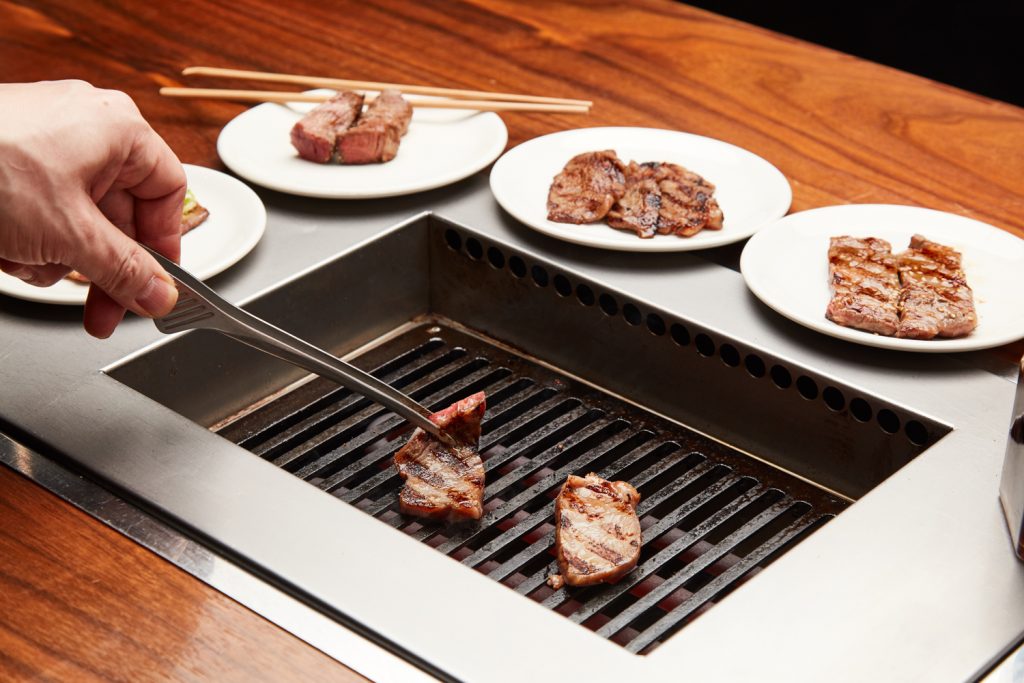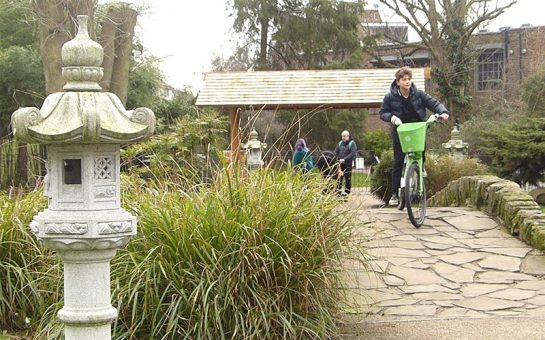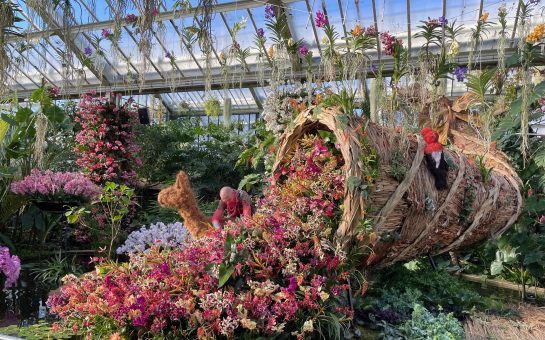If your plans to tick Japan off the bucket list have been indefinitely delayed, or your hopes to head to Tokyo for the Olympics this summer were dashed, all is not lost.
South West Londoner has put together the definitive guide for you to experience Japan from London.
1) Visit different regions of Japan with your tastebuds
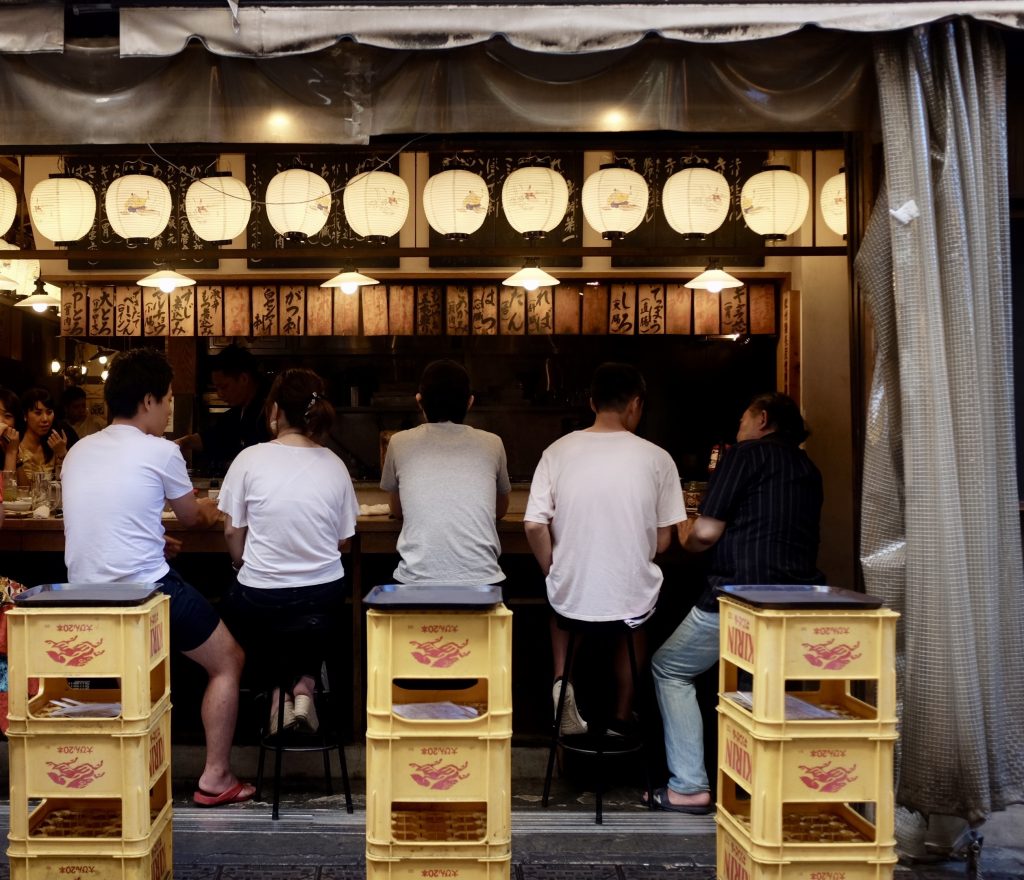
Japan is a paradise for food lovers, and anyone who knows anything about Japanese cuisine knows that kyoudo ryouri (郷土料理), or regional specialities, are where it’s at.
Japan has 47 different prefectures, and each has its own specialities and local flavours, so to try them all it might genuinely take a life time. The good news is, London almost has it all.
You could travel around Japan in 80 snacks and sakes by popping into Japan centre in Mayfair or White City or from your sofa, which has the largest selection of Japanese food and drink in Europe.
Or, head to Japan Centre’s Ramen restaurant Heddon Yokocho to travel from north to south with Ramen, noodles in a soupy broth, checking out which destination you want to stop at with their ramen map here.
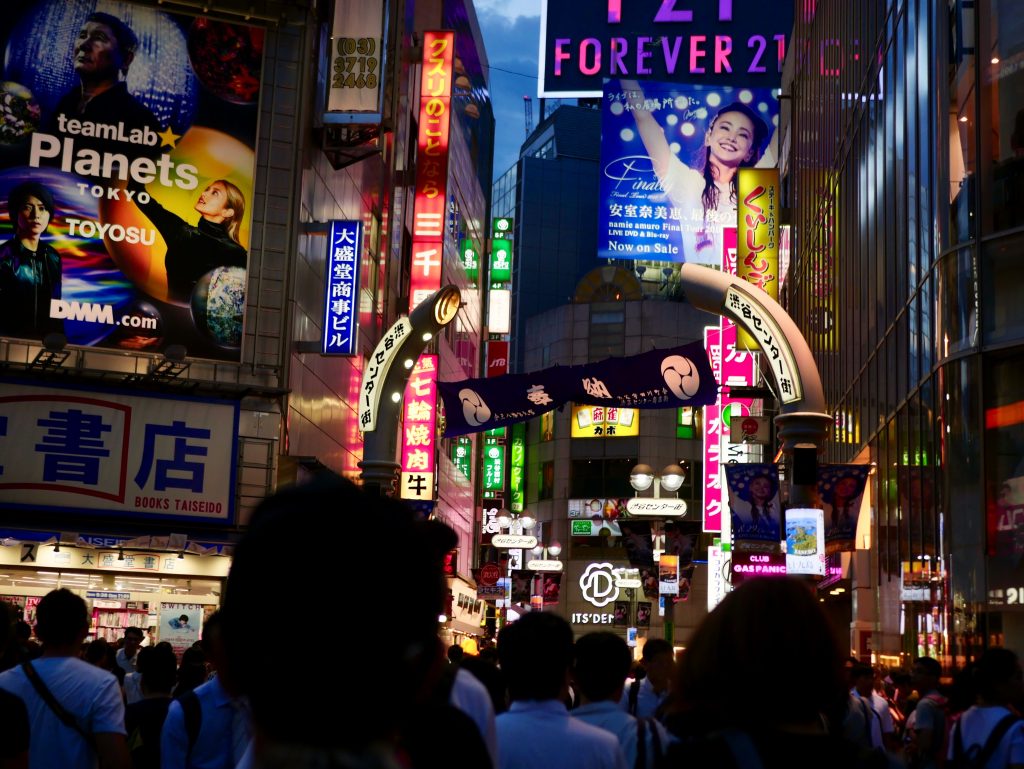
The largest Island of Japan, Honshu, is home to Japan’s famous capital, Tokyo.
If restrictions lift as planned later this month, then Tokyo Diner in Chinatown will be reopening which is possibly your best option for trying authentic soba noodles in London, a favourite in the capital.
These soba, buckwheat noodles, should be noisily slurped which is supposed to improve the flavour, and whilst you’re there you may as well try their light and crispy deep-fried prawn and vegetable Tempura.
The restaurant is so authentic that they don’t, as is the practise in Japan, allow customers to tip as tipping is considered to be against customer service and also suggests the chef does not know the value of their food.
Honshu is also home to what many call Japan’s food capital, Osaka. To experience Osaka’s legendary Japanese savoury pancake, okonomiyaki, head no further than Okan in Brixton. Okan means mother in the local dialect, which is fitting they will look after you well.
Abeno okonomiyaki restaurant near the British Museum is also a good choice, and they have grills for you to make your own. Okonomi-yaki literally means ‘to one’s liking-grilled’, and consists of an eggy batter with cabbage, meat and anything else lying around in the kitchen.
Moving to Shikoku and Kyushu, Japan’s smaller southern islands you are still spoilt for choice.
Shikoku is famed for udon noodles, thick noodles, and even has a hotel dedicated to this. Marugame Udon is set to open in London on 26th July and is offering free homemade Udon dishes for its opening if you join their club, making it worth skipping over to Spitalfields in the East.
Kyushu’s famous dish is Tonkotsu ramen, which has a rich porky broth and deserves its own mention.
Kanada-ya, Ippudo, and Shoryu are famed to serve this dish just as deliciously as in Japan, though admittedly at nearly triple the price.
It is worth getting at least one obligatory side of edamame peas, Takoyaki (octopus balls) or Kaarage (deliciously marinaded fried chicken).
Of course no list would be complete if it didn’t mention Japanese sushi or cheesecake, and thankfully The Japan House‘s Akira restaurant in Kensington has both.
It’s going for quite a high price admittedly, but most sushi verging on authentic in London often is. Some other sushi options are the famous Ikeda in Mayfair, which will never let you down, and Koya in Soho which you can now order straight to your doorstep.
For those with a sweet tooth, Sakurado cake store in Kensington has a collection of gorgeously crafted Japanese cakes, their Matcha Mille Crepe cake an impressive show stopper.
Or those with a more traditional taste, Minamoto kitchoan in Piccadilly has a huge range of traditional Japanese Wagashi (和菓子), sweets, and can give you all the information you need to know about them.
2) Practise the closest thing to shinrin-yoko London has to offer
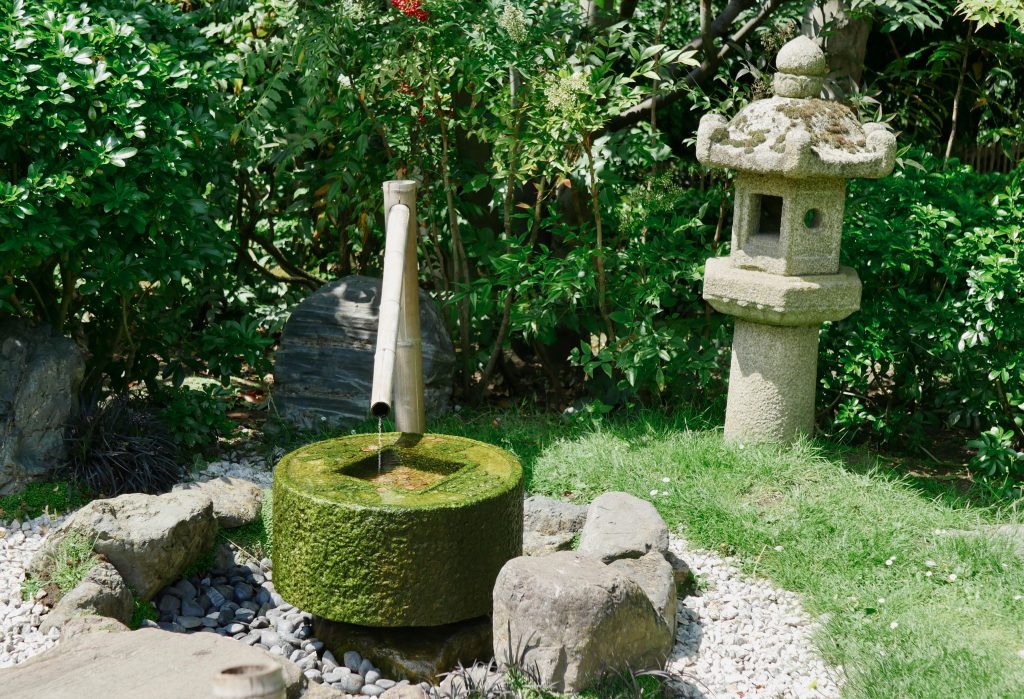
Shinrin-yoko literally translates to ‘forest bathing’ and is the practise of taking a stroll in nature to boost your mental health.
It’s been around since the 80s as a therapeutic practise in Japan, and scientific studies have found evidence it helps with conditions exacerbated by stress-inducing modern lifestyles.
The point is to connect with natural surroundings through engaging the senses, touch, sight, smell, and sound, and disengaging from your mobile phone. In the absence of proper forests, here are a few suggestions of Japanese gardens in your patch that might do the trick.
Holland Park in Kensington has the beautiful Kyoto Gardens, which boasts Koi fish, tiered waterfalls, and the occasional visiting peacock or stork.
The garden was a gift from Kyoto in 1991 to celebrate the friendship between Japan and Britain and gained the addition of the Fukushima garden in 2012, which commemorates the support Britain gave Fukushima in the wake of the 2011 earthquake. There is a one-way system in place, and it can get quite busy, so it is best to avoid peak times.
If you plan to go for the day, Kew Gardens probably has the most to offer with the bamboo garden and Minka House at one end, and the Chokushi-mon and Japanese landscape at the other.
The Minka house is closed due to Covid measures, but the garden which holds 130 bamboo species from China, Japan, the Himalayas and the Americas is worth a visit in itself. You can also still sneak a peak of the outside of the house, a replica of a house belonging to the Yonezu family that was a common ‘folk’ style until the mid-20th century.
The Chokushi-mon, Gateway of the Imperial Messenger, can be found in the south of the gardens and is an ornate gate which which depicts the legend of a student devoted to their master.
It is designed to mirror the Nishi Hongan-ji, Western Temple of the Original Vow, in Kyoto, and has a serene garden which is perfect for reflection. You will have to book in advance to visit Kew, a system introduced over the pandemic, and can find ticket prices here.
The final Japanese garden I would recommend is in Hammersmith Park, which is a real gem hidden in an urban environment. It is not as worth going out of your way for since it is quite small, but it does have a water feature with a fairy-tale style bridge across.
3) Get to the heart of Japanese culture
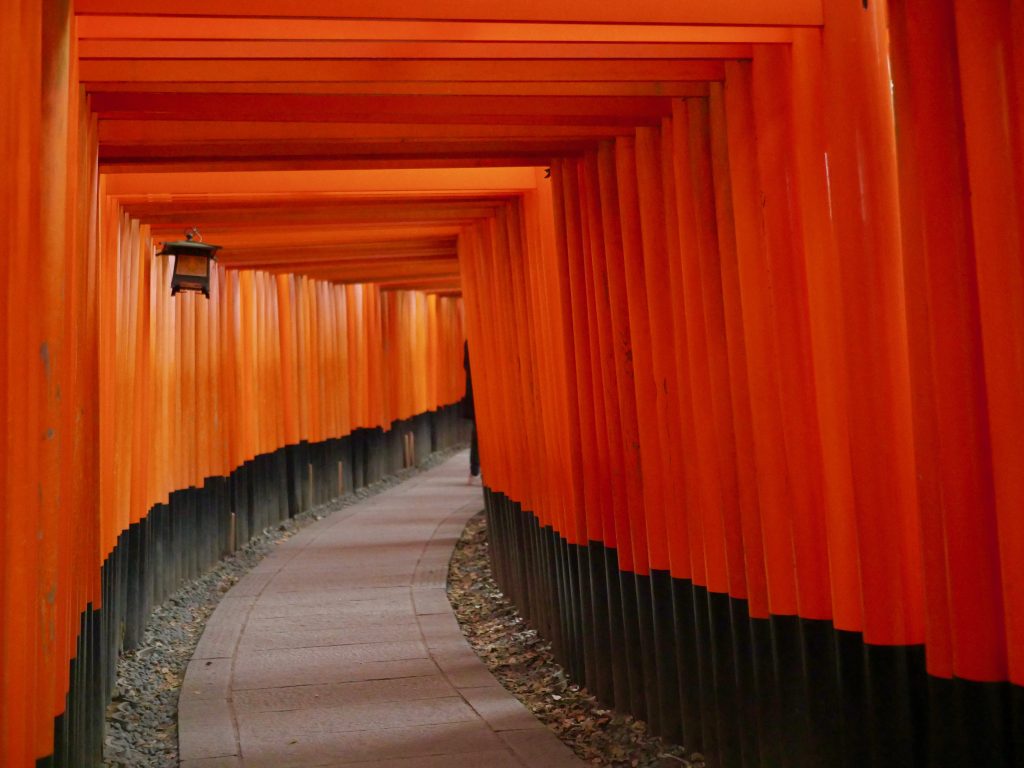
Japan manages to maintain the paradox of being a hypermodern global superpower steeped in traditional practices and customs that go back thousands of years. To get a decent introduction, today all you need is a strong internet connection, or a free weekend.
HyperJapan is holding its annual celebration of Japanese culture online this year from 9th July with a mixture of free events online like the Canadian Rakugo comedy master Katsura Sunshine’s world tour show on 8th August and paid-for events like learning from Samurai artists or learning Harajuku makeup trends from RinRin Doll.
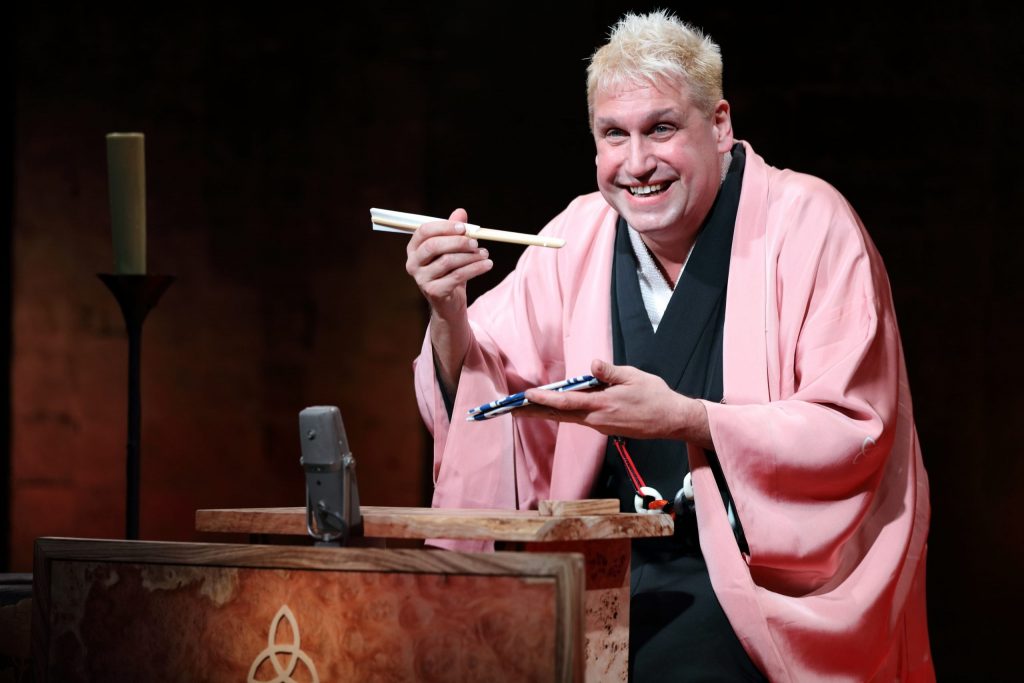
The Victoria and Albert Museum has had a permanent Japanese Exhibition since the museum was founded in 1852 which, if you haven’t already, you can book a time slot to go and visit for free.
If you want something more hands on, Japan House London, which was opened in 2018 by Prince William as the cultural home of Japan in the UK, is always holding exhibitions and workshops to get involved with.
Japan House is one of the only places in London you can try a robot toilet, which are common place in Japanese city homes, which have heated seats. The buttons are thankfully labelled in English too which is not a luxury afforded to those touching down in Haneda airport and experiencing the bidet function by accident for the first time.
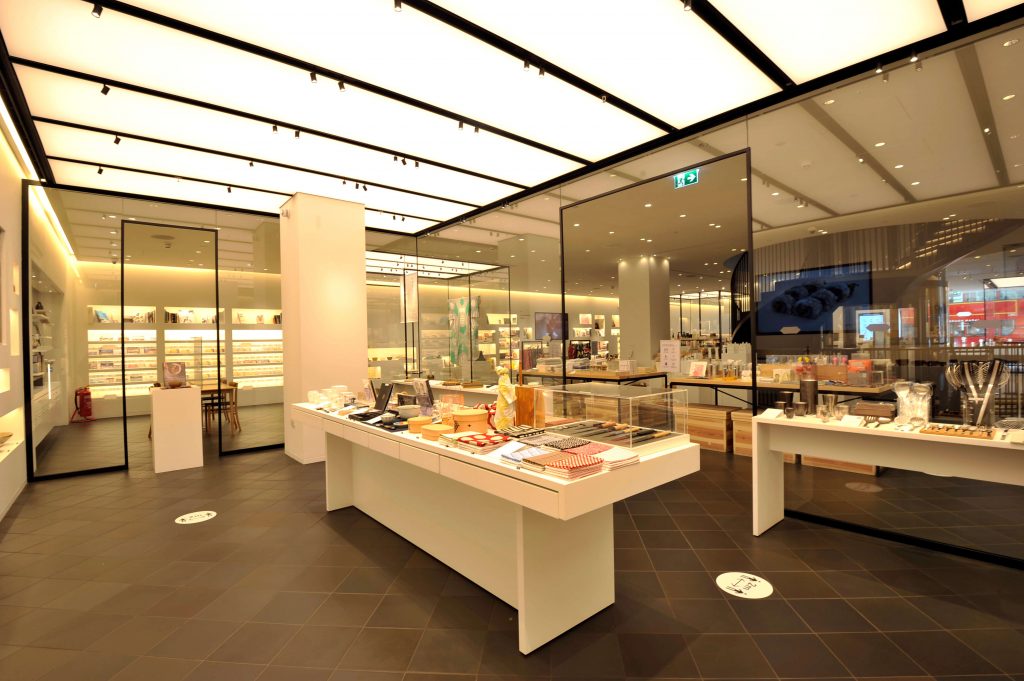
CREDIT: Japan House London and Adrian Brooks
When it gets dark, it’s time to hit Karaoke bars like Lucky Voice Karaoke Soho with a group of friends or family to really get to grips with Japanese city life. Lychee Martini’s, Asahi beers, green tea, and a huge range of drinks are available to loosen your vocal cords.
Japanese Yakiniku (bbq) and Izakayas (bars), are also a big part of a night out in Tokyo. Two great restaurants where you can grill expertly marinated meats to your liking, try all the sides, and drink and chat are Kintan Japanese BBQ in Holborn and Oxford Circus and Hachi Japanese BBQ Restaurant in Soho.
Despite being quite a jam-packed guide, it is by no means extensive as London really is a European hub for Japanese culture and influences.
If you have any local suggestions that have been overlooked, please do put them in the comments for our readers.
Thank you to James O’Donoghue, Stevie Thomas, Stephanie Harris, Ben Pollard, and the representatives of the included restaurants for providing photos and advice.
